Mountain police sunset
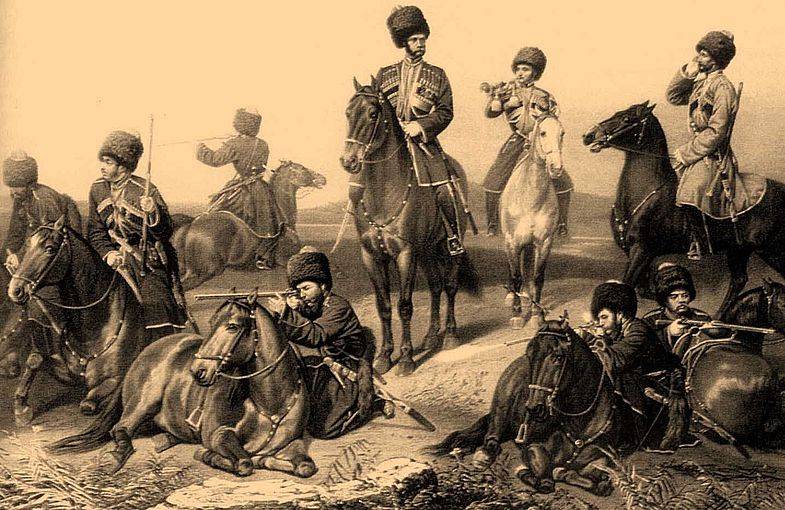
Georgia, Armenia, Kabarda and the lands of modern Azerbaijan, Dagestan and Chechnya responded to the call of the Russian Empire in the middle of the 19th century. At the same time, national specificity was taken into account. So, Tabasaran, Accident, Kazikumukh, Cuban and Kuryn khanates, exposing their fighters, kept a special charter inside the units. A hundred (according to the state - 124 rider) was headed by a hundred commander with his assistant and adviser, followed by four naibs (deputies) and eight vekiles (officers). Each soldier was assigned the appropriate rank of salary.
Disputes over the validity of mountain police
Oddly enough, but now there are disputes around the very need for the formation of the mountain police. At the same time, critics of this approach do not offer any other alternative way of integrating an extremely fragmented Caucasus into Russia. But the degree of disunity was and, unfortunately, partly remains colossal. Only within the framework of the empire is the Caucasus capable of self-realization.
That is why the political validity of the formation of the mountain police is not in doubt. It was only a stage, although lengthy and extremely difficult. But the question of the combat effectiveness of these formations is really an acute one. For example, in the 1845 year, the head of the Dargin district (Dagestan), Major Olenichev, informed his superiors that most of the Tsudahar police (Tsudakhar village) mobilized against Shamil went home, and eventually ran away completely. At the same time, the recruits recruited in villages and auls were distinguished by extreme indiscipline, in contrast to those people who were mobilized from more or less large settlements.
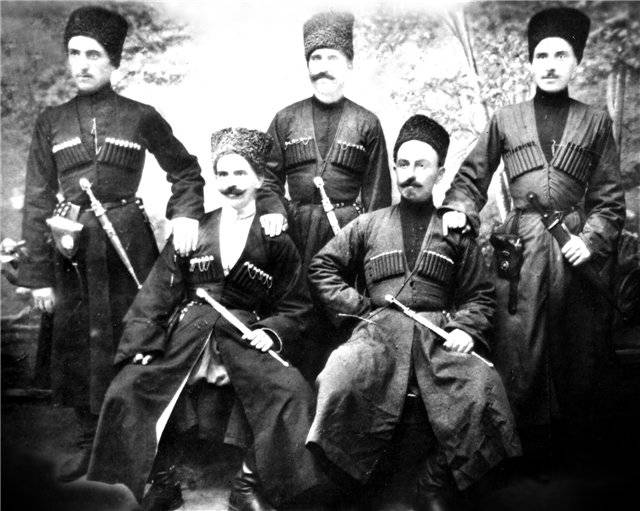
It is also hard to refrain from criticizing the financial content of these units. For example, the owner of the accident, Ahmed Khan Mehtulinsky (not to be confused with the namesake of the 18 century) in the middle of the 19 century complained to the Russian authorities that he had spent 1000 rubles in silver on the maintenance of the mountain police in the principality. Despite the fact that this police performed not only law enforcement functions, but also protected the ruler’s peace (bloody coups and intrigues were not a rarity in principle), the command not only reimbursed the entire amount without any audit of costs, but also put 200 rubles on top in silver.
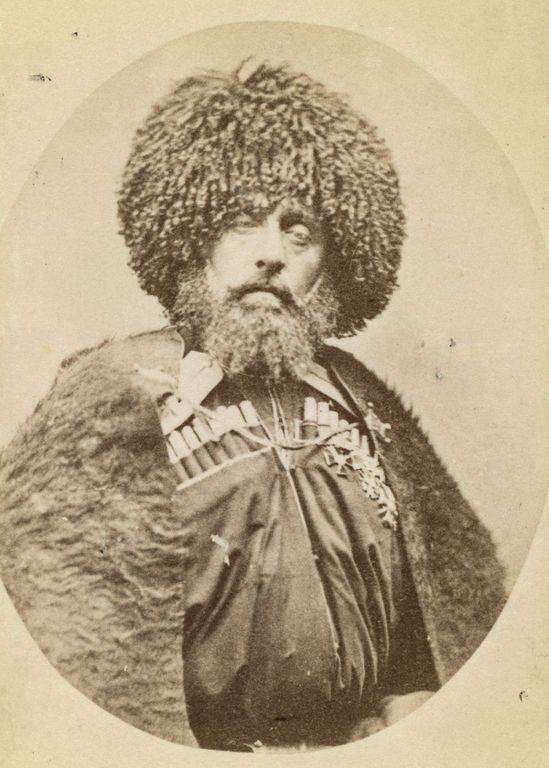
But, as the great son of the Caucasus, Joseph Stalin, said, cadres decide everything. Skillfully and professionally formed units, with proper motivation, managed by experienced commanders, demonstrated miracles of courage and stamina. So, the historian of the 19 and 20 centuries, Evgeny Viktorovich Tarle wrote:
It is also worth noting a number of banners presented to individual units of the mountain police, who proved themselves in the battles in the Caucasus. Cuban military nukers distinguished themselves in the battles of Duvek and Dokkul-Bjar. Judging by the inscriptions on the banners, the Kyurintsy distinguished themselves under Pudakar. The Georgian cavalry squad of hunters was marked with a banner for brave actions during the defeat and pursuit of the Turkish army corps beyond the Cholok River on 4 on June 1854. Shirvan horse militia was awarded for the battles of Rugja and Dokkul-Bjar. But the Ingush division was granted the St. George Banner for bravery in the entire Russian-Turkish war of the 1877-1878 years.
At the same time, for example, for the Ingush, service in the mountain police became the first school for the formation of professional army officers. Thus, the Caucasian Horse-Mountain Regiment, which took an active part in the Crimean War, became the home of the future Ingush officers. In all, during the Crimean War, 40 ordinary Ingush horsemen and about 325 officers were awarded a commemorative bronze medal. At the same time, one should not forget the direct contribution of the police to the protection of law and order. Despite all the disadvantages, the involvement of Ossetians in the protection of the Georgian Military Highway affected the safety of this strategic route more than positively.
Mountain police sunset
The sunset of the mountain militia followed immediately after its heyday during the Russian-Turkish war of 1877-1878. During the fighting, the total number of mountain police reached its climax. Towards the end of 1878, 285 horse and foot soldiers were formed. In total, about 40 thousand soldiers fought for the empire as part of the mountain units. Representatives of the Azerbaijani communities, of which about a quarter of the total number, also took an active part in the war, despite the religious Muslim factor, which traditionally pushed this region to the Ottomans.
At the same time, the combat effectiveness and discipline of many mountain police units began to increase. Slowly but surely, irregular formations that showed true military spirit and training began to transform into units on an ongoing basis. The Georgian cavalry squad of hunters described above in the 1862 year joined the Kutaisi cavalry-irregular regiment; the latter was reorganized in 1886 in the Kutaisi Dragoon Regiment.
The same applies to the Gurian militia that distinguished itself in 1809. Since 1851, the Gurian foot militia has been guarding in the Ozurgeti district, since the 1877 th, the Gurians became a foot squad, and in the 1899 th squad was transformed into the 7 th Caucasian rifle battalion. And the “Dagestan horsemen” (two hundred mountain mounted militia) will go half a century to eventually become the Dagestan horse regiment.
In 1870, as part of the transformation of irregular units into regular units, the Ministry of War establishes the Terek Permanent Police, consisting of Kabardins, Ossetians, Ingush, etc. Given the old mistakes in the excessive diversity of the national composition of some units, the Terek militia was divided ethnically into separate units with their commanders. As a result, the Terek Permanent Police (sometimes referred to as the Terek Guard) served until the 1916 year, when political chaos plunged the empire into a bloody maelstrom of war.
In fact, by the end of the 19 century, the mountain police as irregular formations ceased to exist. This stage of the military and social integration of the Caucasus was passed. In view of the need to protect their homes, the desire to glorify themselves on the battlefield and advance on a military field drove thousands of young people into the ranks of the police. Their very quantity did not allow serving in the format of irregular detachments. Soon, representatives of the Caucasus served in the army of the empire on a common basis.
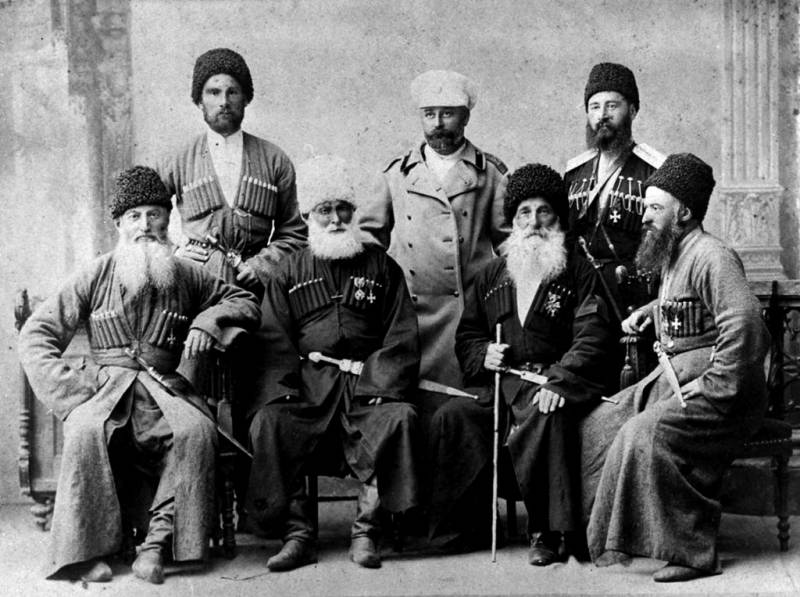
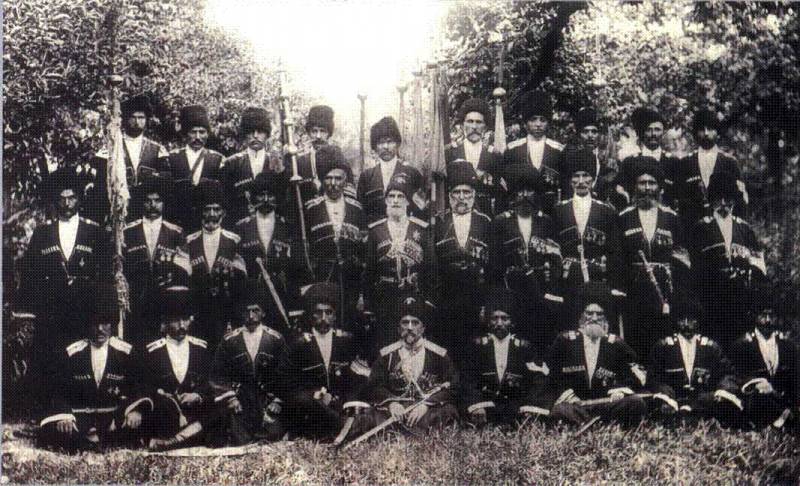
Information